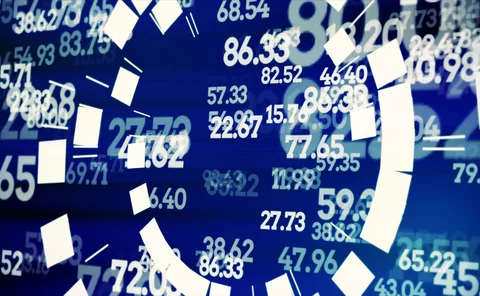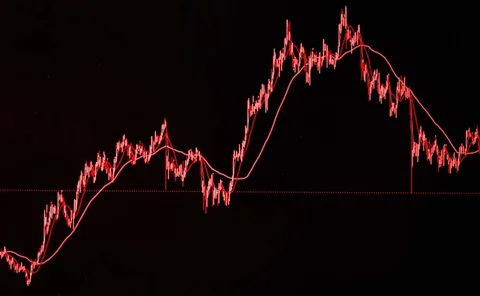Technical paper/Volatility
Choosing trading strategies using importance sampling
The sampling technique is more efficient than A-B testing at comparing decision rules
Does investors’ sentiment influence stock market volatility? Evidence from India during pre- and post-Covid-19 periods
The authors use data from during the Covid-19 pandemic to investigate the impact of investor sentiment on equity market volatility, finding negative news to have a stronger impact that positive news of the same magnitude.
Examining sustainability investments and financial performance of football clubs: an empirical analysis
The authors investigate how sustainability investments, financial leverage and growth rates impact the stock rate returns of football clubs.
Rethinking P&L attribution for options
A buy-side perspective on how to decompose the P&L of index options is presented
Infrequent MtM reduces neither value-at-risk nor backtesting exceptions
Frequency of repricing impacts volatility and correlation measures
Neural joint S&P 500/VIX smile calibration
A one-factor stochastic local volatility model can solve the joint calibration problem
Analytic risk-free rates option pricing with smile and skew
An arbitrage-free short-rate model for backward-looking compounded rates is presented
Smile-consistent basket skew
An analytic approximation for the implied volatility surface of basket options is introduced
A robust stochastic volatility model for interest rates
A swaption pricing model based on a single-factor Cheyette model is shown to fit accurately
Does the term structure of the at-the-money skew really follow a power law?
A power law can fit the ATM skew, but struggles with short maturities
The realized local volatility surface
The authors put forward a Bayesian nonparametric estimation method which reconstructs a counterfactual generalized Wiener measure from historical price data.
Time-varying higher moments, economic policy uncertainty and renminbi exchange rate volatility
The authors investigate how time-varying higher moments and economic policy uncertainty may be used for predicting the renminbi exchange rate volatility.
The quintic Ornstein-Uhlenbeck model for joint SPX and VIX calibration
A new model that jointly fits the smiles of VIX and SPX is presented
What can we expect from a good margin model? Observations from whole-distribution tests of risk-based initial margin models
This paper offers a means of testing initial margin models based on their predictions of the whole future distribution of returns of the relevant portfolio which is demonstrated to be more powerful than typical backtesting approaches.
Fat tails and optimal LDI portfolios
A portfolio optimisation technique for pension funds and insurance portfolios is presented
The relationship between crude oil futures and exchange rates in the context of the Covid-19 shock: a tale of two markets
The authors investigate the high-frequency intraday return and volatility transmission between crude oil futures prices and exchange rates during the 2020 Covid-19 pandemic in the Brent and INE markets.
Momentum transformer: an interpretable deep learning trading model
An attention-based deep learning model for trading is presented
Vega decomposition for the LV model: an adjoint differentiation approach
Introducing an algorithm for computing vega sensitivities at all strikes and expiries
Enhanced expected impact cost model under abnormally high volatility
The authors extend their impact cost model beyond the typical factors to address the larger transaction costs brought on by stock market crowding effects in times of market turbulence.
Forecasting the realized volatility of stock markets with financial stress
This paper investigates the impact of financial stress on the predictability of the realized volatility of five stock markets
Sculpting implied volatility surfaces of illiquid assets
From the stock cumulative distribution function an arbitrage-free volatility surface is derived













